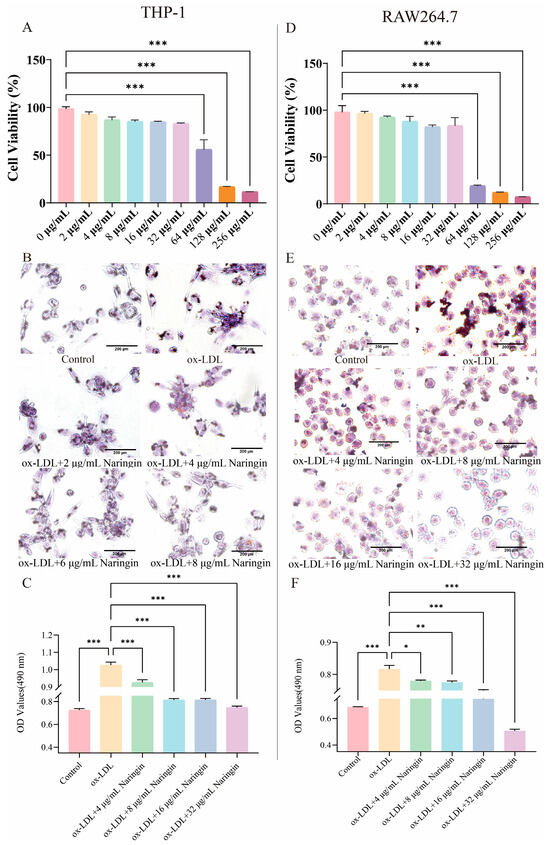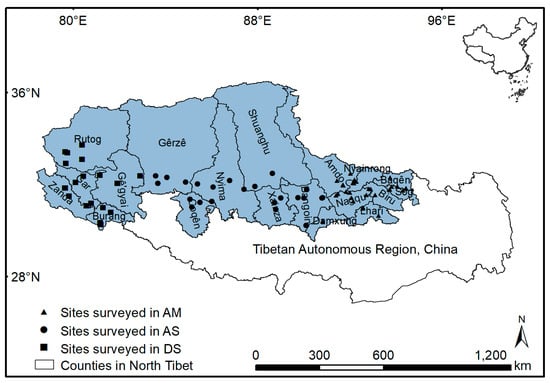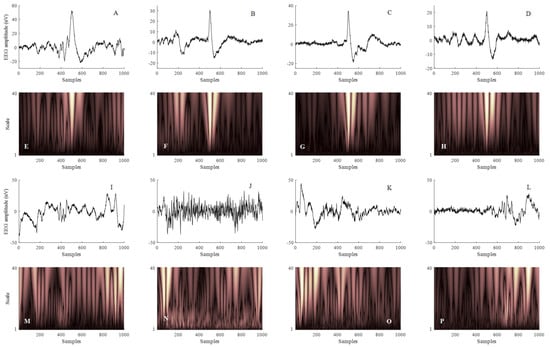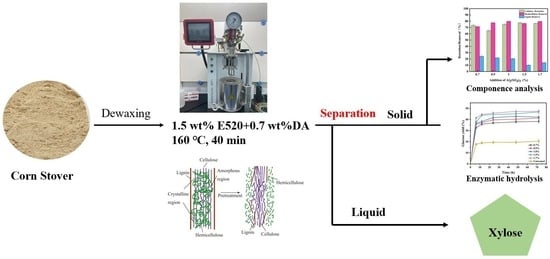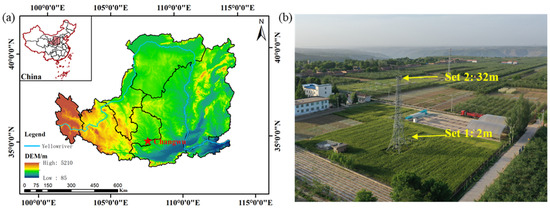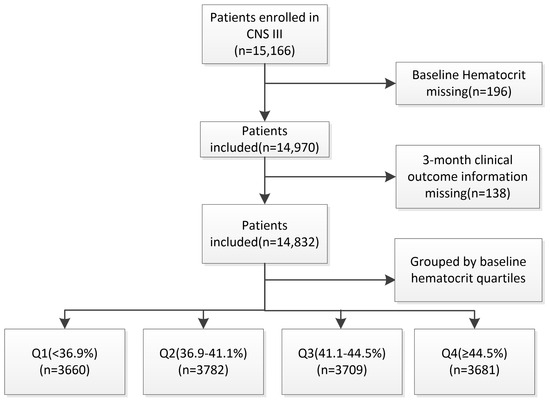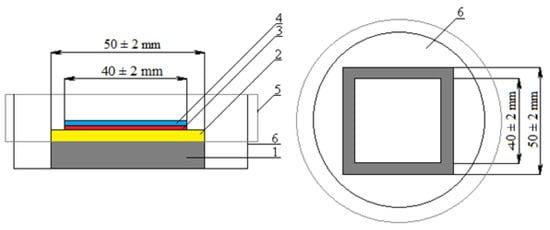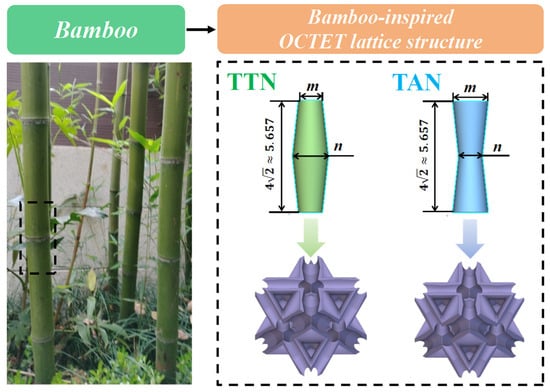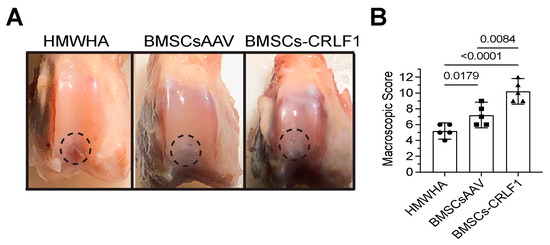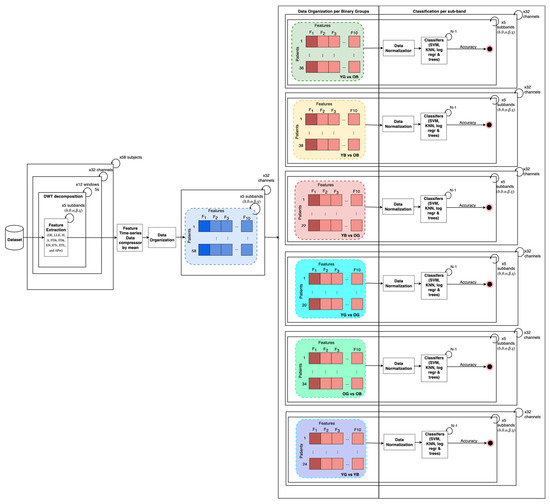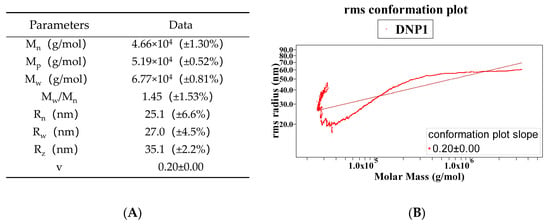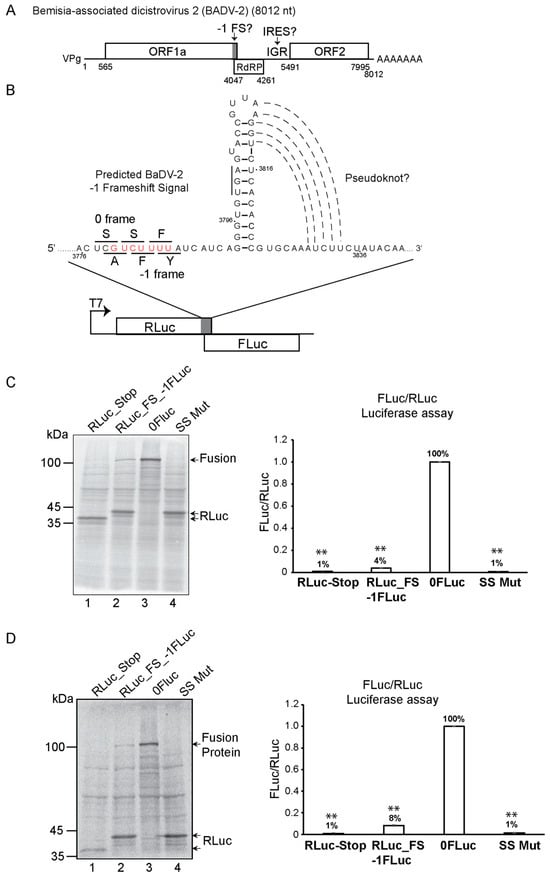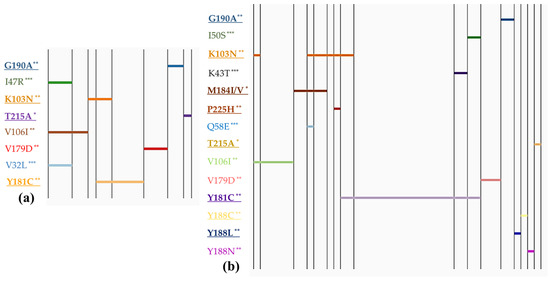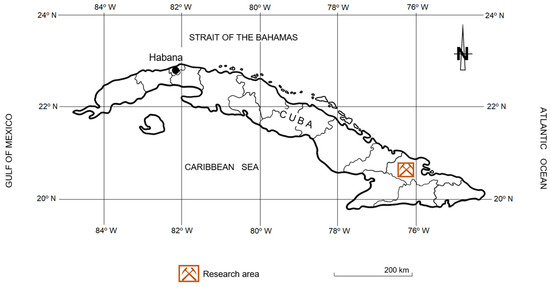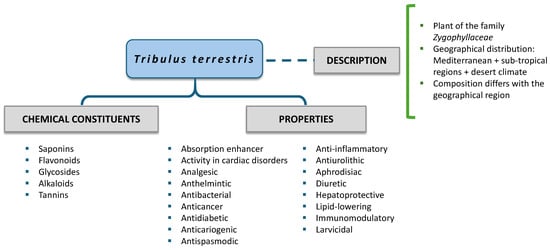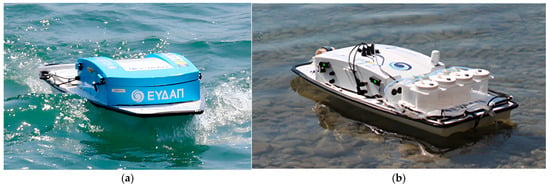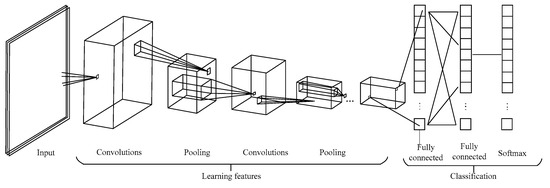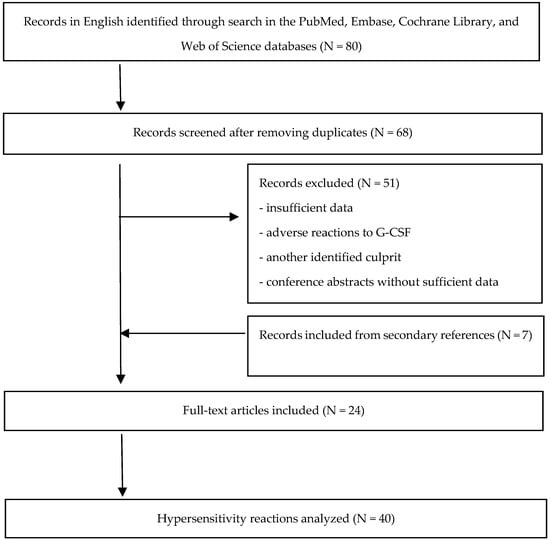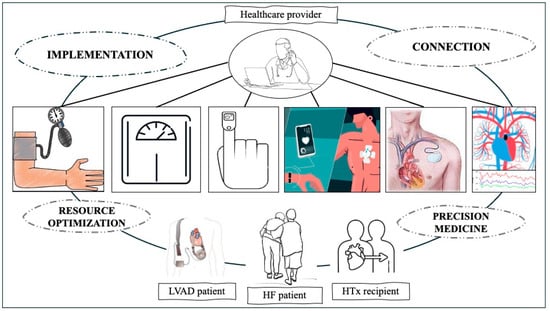Studies on the spatiotemporal dynamics in ecosystem carbon and water exchanges are essential in predicting the effects of climate change on regional carbon and energy budgets. Using the eddy covariance technique, carbon and water fluxes were observed in a typical winter wheat ecosystem (WWE) and an agroforest ecosystem (AFE) in the southern Loess Plateau from 2004 to 2010. The seasonal and inter-annual variability in gross primary productivity (GPP), net ecosystem exchange (NEE), evapotranspiration (ET), and water use efficiency (WUE) were examined and the main influencing factors were identified using the Pearson correlation. The results indicate that the seasonal GPP and NEE showed a bimodal distribution in WWE, while this was unimodal in AFE. The sinusoidal function did well in the characterization of seasonal ET dynamics for both ecosystems, with the determination coefficients being 0.85 and 0.94, respectively. In WWE and AFE, the annual mean GPP were 724.33 and 723.08 g C m
−2 a
−1, respectively, and the corresponding ET were 392.22 and 410.02 mm a
−1. However, the difference in NEE between the two ecosystems was obvious, NEE were −446.28 and −549.08 g C m
−2 a
−1, respectively, showing a stronger carbon sink in AFE. There were strong coupling relationships between the GPP and ET of both ecosystems; the overall slopes were 1.71 and 1.69, respectively. The seasonal trend of WUE was bimodal in WWE, with peak values of 3.94 and 3.65 g C kg
−1 H
2O, occurring in November and April, respectively. However, the monthly WUE in AFE had one single peak of 4.07 g C kg
−1 H
2O in January. Photosynthetically active radiation (PAR) and soil temperature (T
s) were most positively correlated with GPP, net radiation (R
n) and T
s were the major factors influencing ET, while vapor pressure deficit (VPD) and soil water content (SWC) were the major influencing factors for WUE. These results provide observational support for regional carbon neutrality simulations.
Full article
 IJMS
IMPACT
IJMS
IMPACT Applied Sciences
IMPACT
Applied Sciences
IMPACT Sustainability
IMPACT
Sustainability
IMPACT Sensors
IMPACT
Sensors
IMPACT JCM
IMPACT
JCM
IMPACT Energies
IMPACT
Energies
IMPACT Molecules
IMPACT
Molecules
IMPACT Materials
IMPACT
Materials
IMPACT Remote Sensing
IMPACT
Remote Sensing
IMPACT Cancers
IMPACT
Cancers
IMPACT Electronics
IMPACT
Electronics
IMPACT Mathematics
IMPACT
Mathematics
IMPACT Foods
IMPACT
Foods
IMPACT Buildings
IMPACT
Buildings
IMPACT Plants
IMPACT
Plants
IMPACT Nutrients
IMPACT
Nutrients
IMPACT Animals
IMPACT
Animals
IMPACT Polymers
IMPACT
Polymers
IMPACT Water
IMPACT
Water
IMPACT Diagnostics
IMPACT
Diagnostics
IMPACT Biomedicines
IMPACT
Biomedicines
IMPACT Agronomy
IMPACT
Agronomy
IMPACT Microorganisms
IMPACT
Microorganisms
IMPACT Processes
IMPACT
Processes
IMPACT Healthcare
IMPACT
Healthcare
IMPACT Forests
IMPACT
Forests
IMPACT Cells
IMPACT
Cells
IMPACT JMSE
IMPACT
JMSE
IMPACT Medicina
IMPACT
Medicina
IMPACT Viruses
IMPACT
Viruses
IMPACT Agriculture
IMPACT
Agriculture
IMPACT Nanomaterials
IMPACT
Nanomaterials
IMPACT IJERPH
IJERPH
 Land
IMPACT
Land
IMPACT Pharmaceutics
IMPACT
Pharmaceutics
IMPACT Pharmaceuticals
IMPACT
Pharmaceuticals
IMPACT Religions
IMPACT
Religions
IMPACT Biomolecules
IMPACT
Biomolecules
IMPACT Life
IMPACT
Life
IMPACT Micromachines
IMPACT
Micromachines
IMPACT Atmosphere
IMPACT
Atmosphere
IMPACT Antioxidants
IMPACT
Antioxidants
IMPACT Genes
IMPACT
Genes
IMPACT Metals
IMPACT
Metals
IMPACT Symmetry
IMPACT
Symmetry
IMPACT Children
IMPACT
Children
IMPACT Coatings
IMPACT
Coatings
IMPACT Vaccines
IMPACT
Vaccines
IMPACT Horticulturae
IMPACT
Horticulturae
IMPACT Education Sciences
IMPACT
Education Sciences
IMPACT Minerals
IMPACT
Minerals
IMPACT Brain Sciences
IMPACT
Brain Sciences
IMPACT JPM
IMPACT
JPM
IMPACT Bioengineering
IMPACT
Bioengineering
IMPACT




